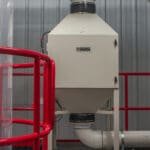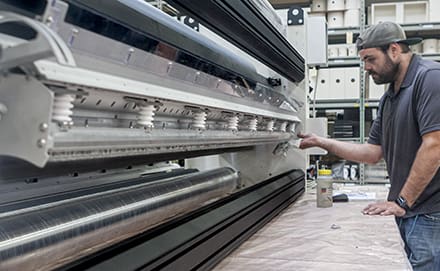Clearing the Air on Atmospheric Plasma Surface Treaters
The term “atmospheric plasma” is creating a buzz throughout the main stream converting industry. The promise of higher dyne levels, longer lasting dyne levels, superior adhesion performance, grafted surface chemistry and an ability to apply variable chemistry to adapt to ever changing application requirements are benefits worthy of converters’ attention.
As atmospheric plasma surface modification technologies become more mainstream, potential users of these technologies in the printing, coating and laminating industries are becoming confused by what is “mixed-messaging” that some surface treatment equipment suppliers are using to ride the wave of atmospheric plasma technology’s popularity. Today the terms atmospheric plasma, chemical corona and air plasma are being recklessly interchanged.
It is true that the ‘4th state of matter’ can be achieved at both high and low temperature and pressure. It can also be asserted these plasmas consist of free electrons, ions, radicals, photons and other species. However, it is non-thermal plasmas, and particularly non-thermal – atmospheric pressure plasmas which are best suited for continuous surface pretreatment of substrates within the converting industry.
To further clarify, corona discharges are not absolute plasmas. Although a corona discharge can be regarded as an atmospheric pressure plasma discharge, the surface modification provided by conventional corona discharges are exceedingly one-dimensional compared to gas phase atmospheric pressure plasmas which can offer an expanded range of surface modifications, both physically and chemically. Understanding the origins of atmospheric plasma will help to successfully clarify the performance potential of true atmospheric plasmas compared to common corona discharges.
Access the rest of this technical paper to:
- Find out why true atmospheric plasma systems are not enhanced corona discharge treating systems.
- Learn how atmospheric plasma treating systems have emerged as an alternative to low pressure vacuum plasma systems.
- See test results that confirm atmospheric plasma’s ability to improve heat seal strength.

















